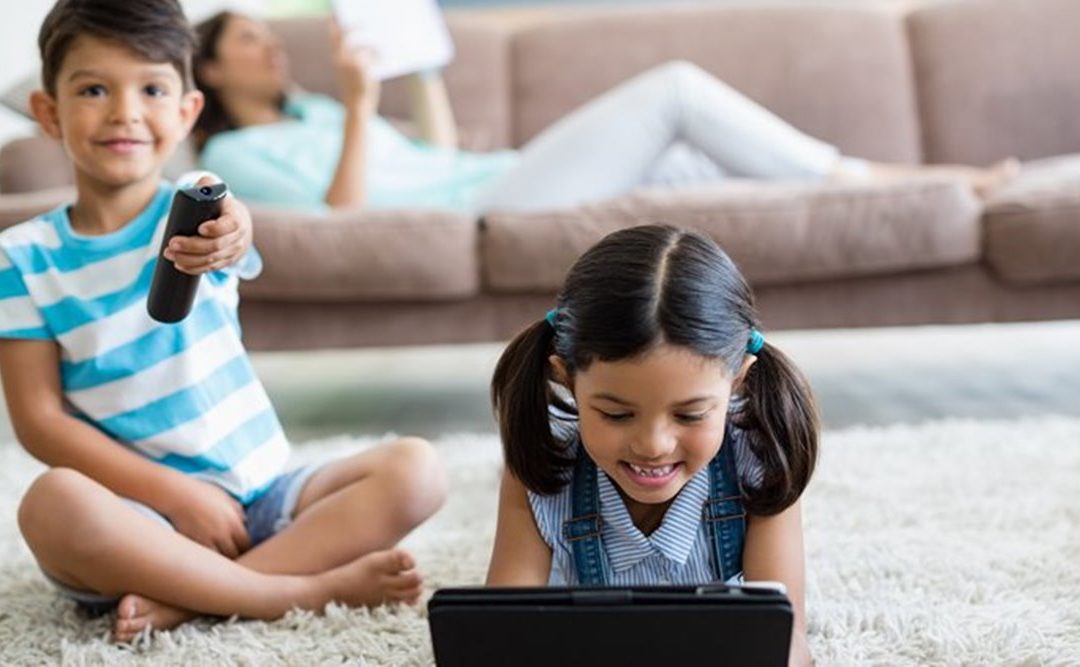One of the hardest things about being a teacher during lock-down is that you know you can’t do your best for the children in your class. Sure, you can send out ‘learning packs’ and recommend apps but the truth is this: you wouldn’t be caught dead using either of these methods in your classroom. In fact, you’d probably be called in for a stern word by senior management if they came in and caught half your class staring at a screen and the other filling (or not filling) in a random worksheet that happens to be for ‘Year 1’. Why don’t we use these methods in school? Because any educator worth their salt knows that kids don’t learn much through these methods.
So why are we allowing our kids to do this sub-standard learning at home? Are we clutching at straws because of the strange situation? Are we underestimating what parents can do? Are we bowing to pressure to ‘keep the kids busy’? People may think it’s wonderful that every company is giving away arbitrary free worksheets – and that ‘learning’ apps are everywhere you look – and that we have a national online ‘school’ – and that we can learn from watching tv,. But the fact is that this is actually doing parents a huge disservice. Because parents naturally possess the skills to implement the two proven ways that children DO learn (and the way that good teachers teach in the classroom). What are they?Connection and purpose.
Children learn when they are connecting with real life humans, when there is a back and forth rapport, when they trust their educator and can ask and answer questions in a way that develops their understanding in a methodical way. This connection allows the student to work at a level that is just right for them which is a huge advantage you have at home over the classroom. Real connection between teacher and student allows the learning to take unexpected twists and turns – you may start out learning fractions and end up making a pizza. It’s magical.
Children also learn incredibly well when there is purpose to learning. Writing a letter to a real relative is more appealing than writing a pretend one on a printable. Why? Because you know someone is actually going to read it. Playing a card game is much more fun than staring at a screen. Why? Because it’s much more satisfying to win against a person than a machine.
So what do you need to be able to improve this unusual learning experience for your child? And how do you make sure that what they learn is actually going to be evident when they return to school? All you need is a high quality stimulus. Using ideas from experts who know what kids need to learn, you can trust your instincts and follow your child’s lead. For example, you might:
- Use a high quality text recommended by school to read, discuss, act out and use as inspiration for writing
- Weave learning into day to day tasks that you can do and discuss together – like cooking, cleaning, shopping lists, organising, planning activities etc.
- Play games! Ideally suitable to your child’s age and even more ideally linked to the curriculum but all games have a myriad of benefits for children (check out these for reception children)
- Use hands on and practical equipment as much as possible. Learning about capacity? Get out the measuring jug. Time? Get them a watch!
- Follow your child’s lead. Let them work outside or with music or in little fits and spurts if it helps. Let them guide you in the way they learn best.
And the best part? If you help your child learn with connection and purpose, you only need to do it for an hour or so a day. As teachers know, it’s quality over quantity and this will make for happy and more successful learners.
For great games for reception and pre-schoolers children, check out:

